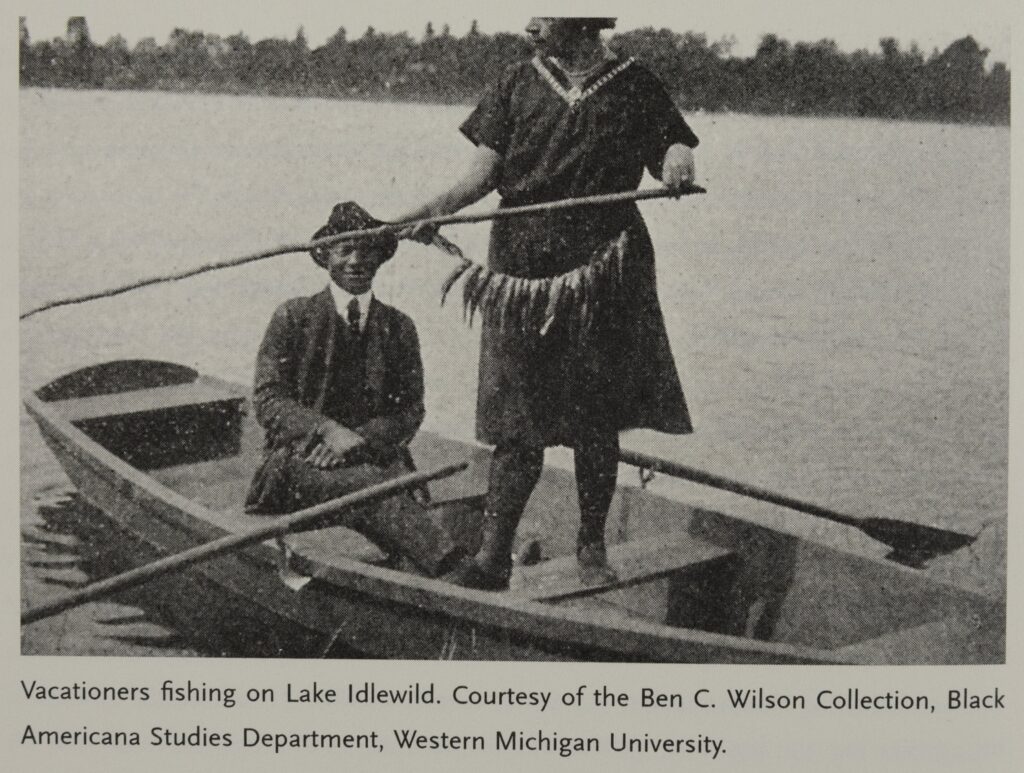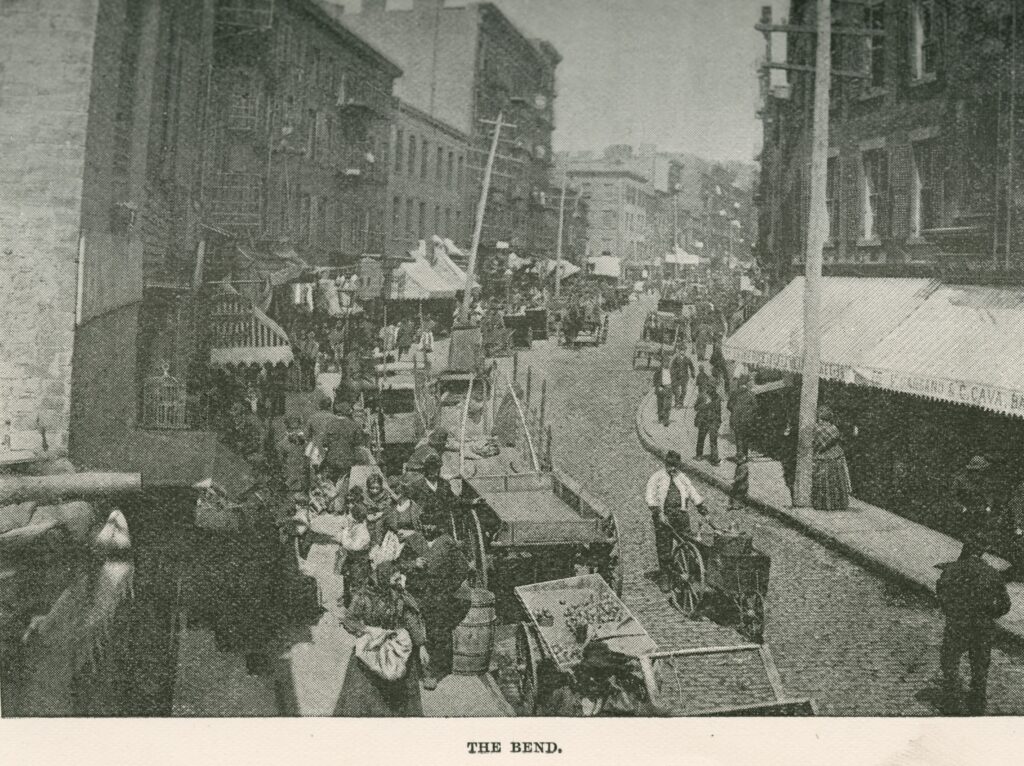Materials – Available for Download in the Downloads Tab:
- A copy of the Skills Lesson
When analyzing a photograph, it’s important to understand how and why it was taken. The types of photographs below need to be looked at in different ways, depending on their purpose and audience.
Snapshots

Snapshots are the types of photographs most people take to record their lives. Informal snapshots typically show friends and family living their lives. Historically (before smartphones), snapshots were often taken at special events like birthday parties or on a vacation. They told the story of a family, usually the story of a happy family. A snapshot taken with a traditional photographic camera may have only a few words scrawled on the back, and sometimes they lack even that. Most snapshots taken before the 1960s are in black and white. Most later snapshots are in color.
Formal Portraits

In the past, many people did not own cameras. Even when cameras became more popular, people often wanted to have a formal record of themselves or their families, so they went to a studio photographer. Older studio photographs often have special backdrops, curtains painted with different kinds of scenes. A person sitting in front of the backdrop might look like they were sitting in a beautiful garden, or in a fancy room, or in front of a window.
When most people went to have their photograph taken, they wanted to look nice for the camera, so they put on their best clothes. They wanted to tell the story that they were happy, healthy, and proud. Other people wanted to record what they did for a living, so they wore their work clothes or uniforms. One reason people look so serious in some older studio photographs is that they had to sit very still so that the photograph would not be blurry. It was also because having a studio photograph taken was a special event. Before most people had cameras, a person might have only one or two photographs taken in his or her lifetime.
There are other kinds of formal portraits, taken outside a studio. Class photos are formal portraits, even though they’re usually taken at school. Formal portraits are often taken of sports teams or the employees of a company.

Advertising Photo
Advertising photographs are different from most other kinds of photographs. They are posed and created to sell a product. When an advertising photograph includes people, the advertisers want the viewer to believe that their product will make them as happy, pretty, sexy, or strong as the people in the photograph.

Stock Photo
Stock photos are similar to advertising photographs. They are posed photos and often use models. But these photographs are not taken to sell a specific product. They are created to be used for a variety of different purposes. The same stock photo showing a happy family might be used in a textbook, a bank brochure, and a website for a dentist. These photos are often cheap to purchase and try to show very generic or general situations so that they can be used by a large variety of buyers. Stock photos are often used to portray “real life” situations, but they do not reflect real life. They seldom depict a diversity of body images, ethnicities, or income levels. They show, instead, an idealized and stereotyped view of life.
News Photo

News photographs were and are taken for a very specific reason—to show people what is happening in the world. They are published in newspapers and magazines and used on television news shows and websites that report on and discuss the news. News photographs from the past are often used in history books and textbooks. They give us a sense of what the events we read about actually looked like. Many news photographs have detailed captions that tell where and when the photograph was taken, who took it, and what magazine or newspaper that person was working for when the photograph was taken. However, often that information doesn’t make it into the captions in history books and textbooks. (See Skills Lesson: Reading a Caption.)
Documentary Photo
Documentary photographs are similar in many ways to news photographs. They show us the world around us. But the people and events in them are not usually part of the daily news. Documentary photographs are most often taken in order to raise awareness about a social condition. Like news photographs, documentary photographs often have good captions, with information about where, when, and what. Like news photos, original caption information is often not included when documentary photographs are republished. Sometimes documentary photographs were sent to news organizations, so that the public could be informed of and outraged by the conditions that were being shown in the photo. The Farm Security Administration (FSA) photographs taken during the Depression, the photographs of Lewis Hine documenting child labor, and the photographs of Jacob Riis showing the life of the poor in New York City are all examples of documentary photographs.

Art Photo
Art photographs are more like paintings than they are like other photographs. The photographer intends to show us something beautiful or, at least, interesting to our eyes. At the same time, an art photograph often helps us look at the world in a new way. Other photographs, especially documentary photographs, often have great artistic value, even if that was not the photographer’s primary purpose in taking the picture.

Download the following materials below:
- A copy of the Skills Lesson



